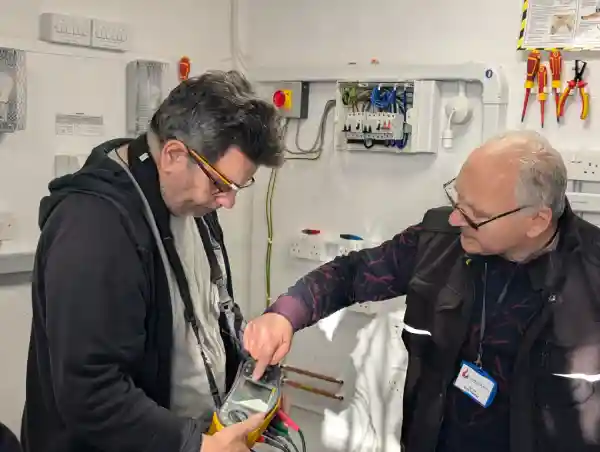Common Mistakes Electrical Trainees Make – and How I Help Them Avoid Trouble

After four decades on the tools and over 20 years teaching electrical trainees, I can tell you one thing for certain—every sparkie learns more from their mistakes than their wins. I’ve trained hundreds of learners over the years, and the same electrician training mistakes keep popping up, no matter how good the theory work is.
Whether it’s a missed voltage test or wiring cut too short, these errors aren’t just small hiccups—they can cause safety hazards, cost you time and materials, and slow down your journey to becoming fully qualified. But here’s the good news: you don’t need to make the mistake yourself to learn from it.
In this article, I’ll walk you through the 10 most common trainee electrician errors I see week-in, week-out. I’ll share real examples from the workshop floor, what can go wrong, and—more importantly—exactly how I train my learners to avoid them. If you’re serious about progressing through your electrical course smoothly and safely, read on.

